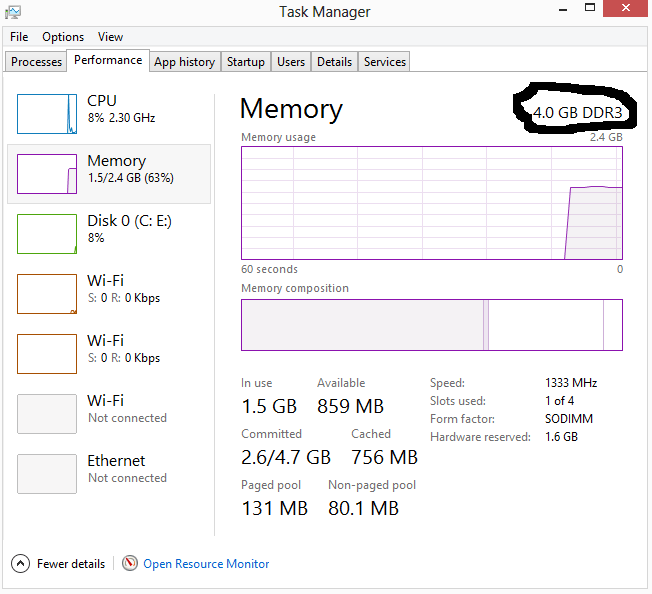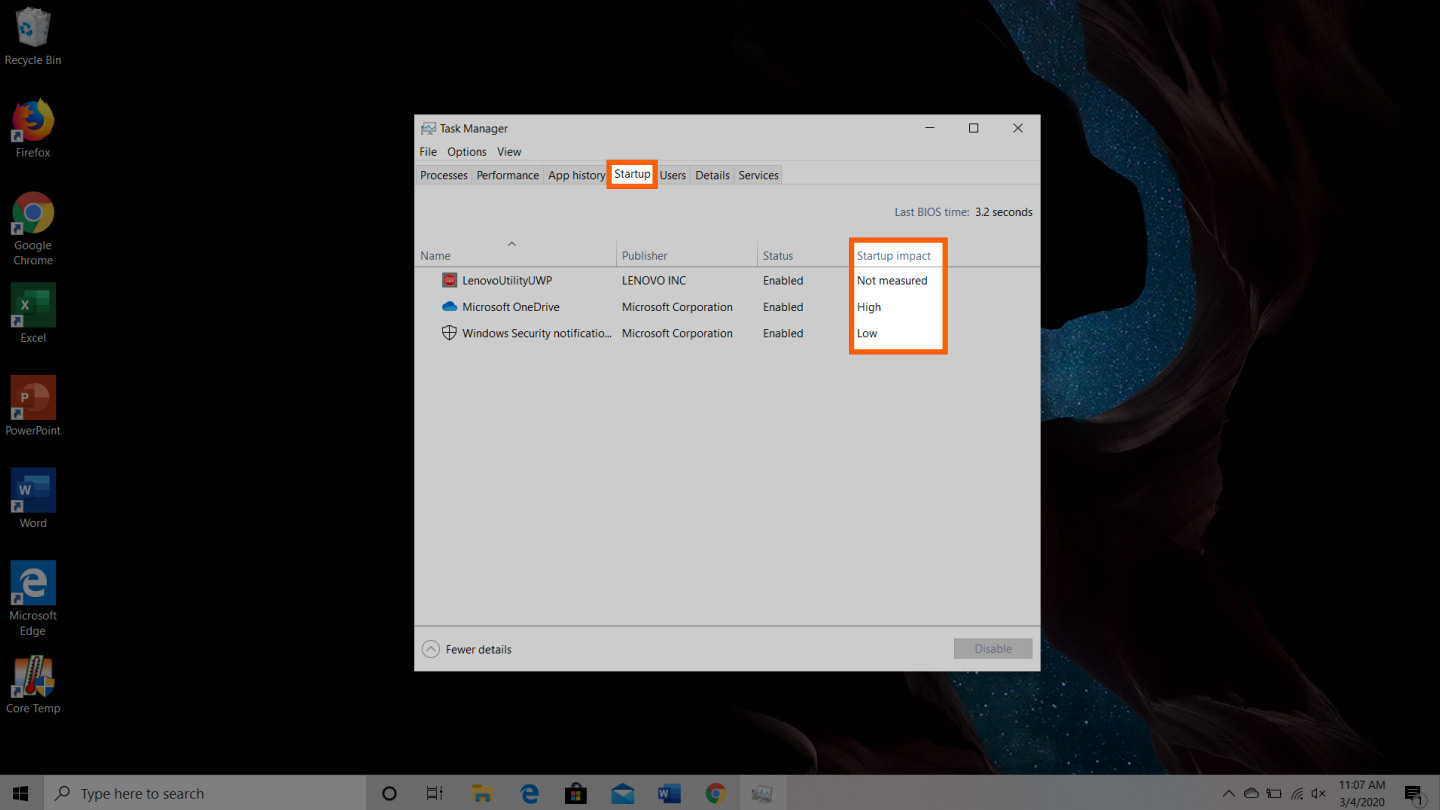

But keep in mind that if you have both a dedicated GPU and an integrated graphics card, this window will show you the integrated solution if your PC is in idle. You can check out your VRAM count under Adapter information at Dedicated Video Memory.Scroll down and click on Advanced display settings, then click on Display adapter properties for Display 1.Note: For Windows 7 and Windows 8, replace the command above with dpiscaling and hit Enter. Then, type “ms-settings:easeofaccess-display” and hit Enter to open the Display tab of the Settings app. Press Windows key + R to open up a Run box.For additional help, refer to the Note paragraphs under each step.

Note: The steps below were created with Windows 10 in mind but you’ll most likely be able to recreate them on older Windows versions. Here’s a quick guide on seeing the amount of video RAM (VRAM) that you have on your computer. How to check the amount of video RAMīefore you begin the process of faking a VRAM increase, it’s important that you don’t lose track of the real count. Feel free to follow whichever method seems more approachable considering your particular situation. However, in the event that you don’t have the money for an upgrade, there are two other ways that you can use to increase the dedicated VRAM of your GPU (at least on paper).

If your dedicated GPU is outdated or you’re still relying on your integrated graphics card, upgrading to a new GPU model will give a huge boost to the overall performance (if you have CPU and RAM good enough to sustain the growth). Of course, the best way of increasing your video RAM is to buy a new graphics card. How to Increase the Dedicated VRAM of your GPU If you are prevented from running certain games or applications because you have insufficient VRAM, you have a few ways forward. Having insufficient VRAM means that your system needs to make use of standard RAM – this translates into performance drops, lower frame rate, texture pop-ins and other things of this kind. You’re probably aware that integrated graphics card are budget-friendly but come nowhere near to the graphics output of dedicated solutions. But keep in mind that having more VRAM won’t necessarily enhance the performance of your computer.
VRAM is much faster in performing GPU related tasks because it’s specifically built for this high-intensity purpose and it’s physically much closer to the GPU.


 0 kommentar(er)
0 kommentar(er)
